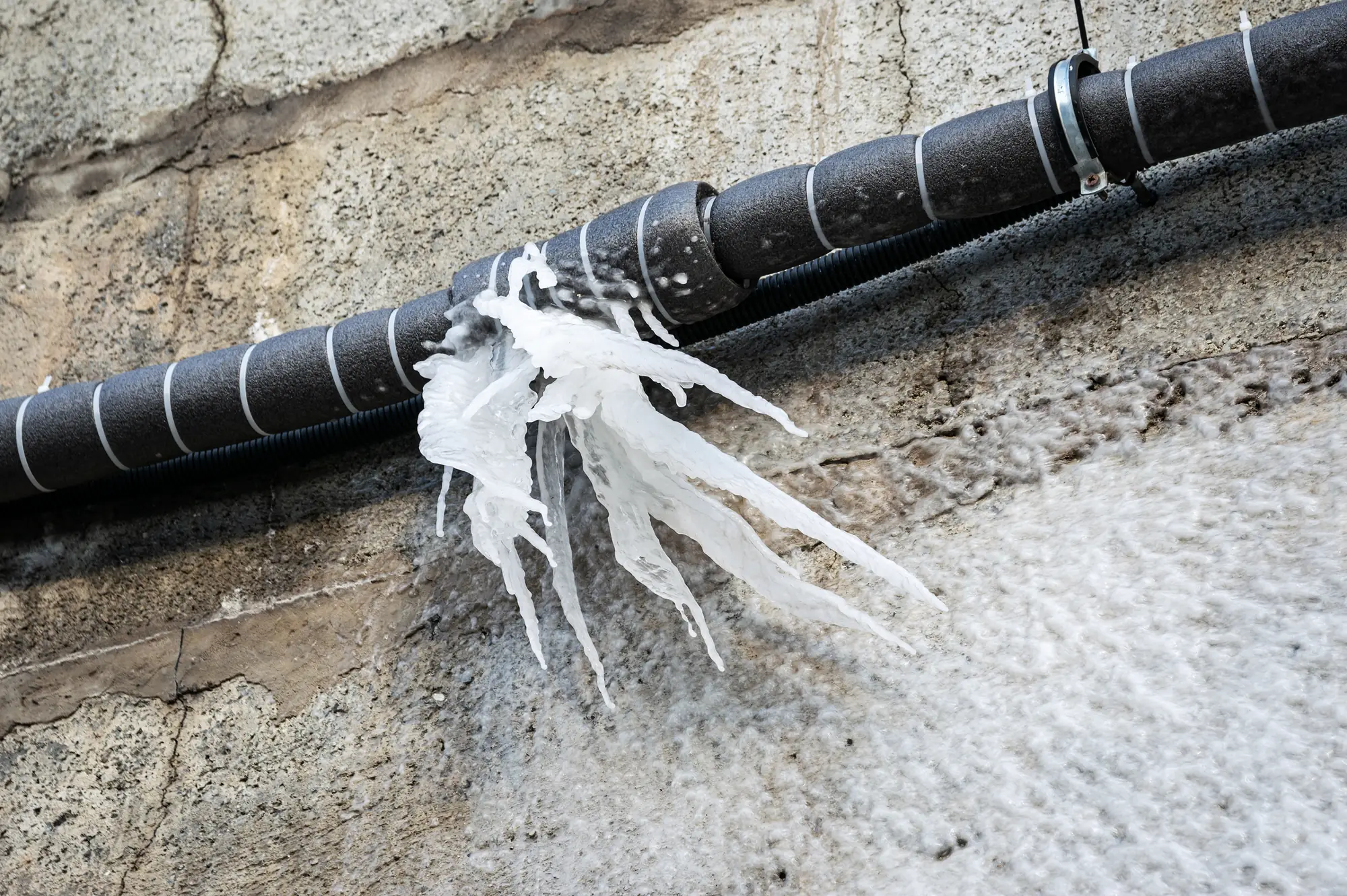
Hear From Our Customers
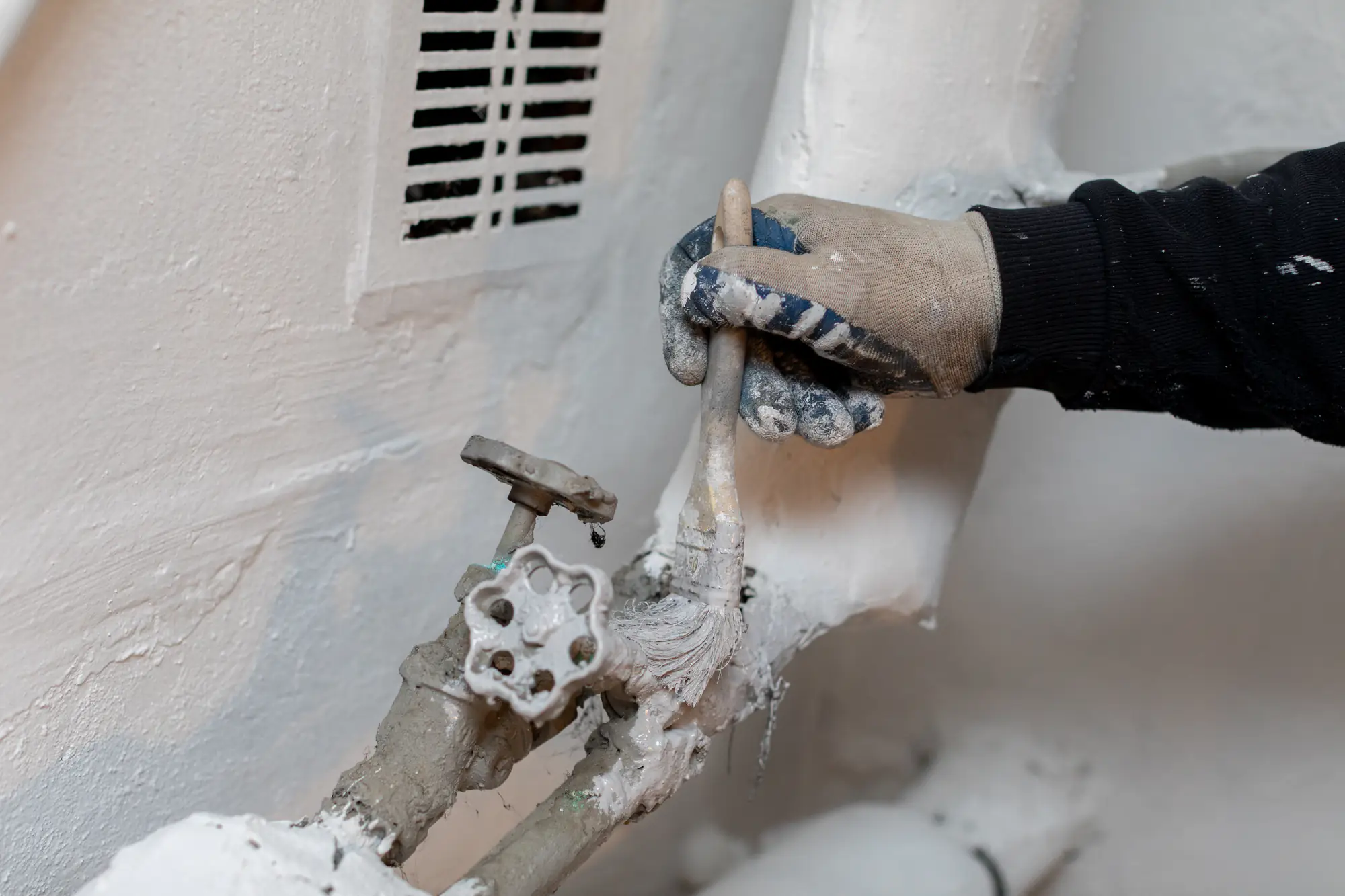
No water pressure this morning? That trickle from your kitchen faucet that suddenly stopped? You’re looking at frozen pipes, and in Evergreen Park’s brutal winters, frozen pipes become burst pipes fast.
Here’s what changes when you call us. Water flows normally from every faucet again. Your pipes stay intact instead of splitting and flooding your basement. You avoid the nightmare of water damage, torn-up walls, and weeks of contractors tramping through your house.
Most importantly, you’re back to normal life instead of managing a plumbing emergency that turns into a home renovation disaster.
Go-Rooter Emergency Plumbers has handled frozen pipe emergencies throughout Evergreen Park for years. We know exactly what happens when Chicago area temperatures drop below 20 degrees and stay there—your pipes are in serious trouble.
We’re not the plumbing company that shows up, thaws your pipes, and leaves you to deal with the same problem next month. We focus on permanent solutions using camera inspections to find problems before they become disasters, plus preventative maintenance that actually prevents problems.
Our technicians understand Evergreen Park’s housing stock, from the older homes near 95th Street to the newer construction closer to the forest preserves. Different areas have different vulnerabilities, and we know where to look first.
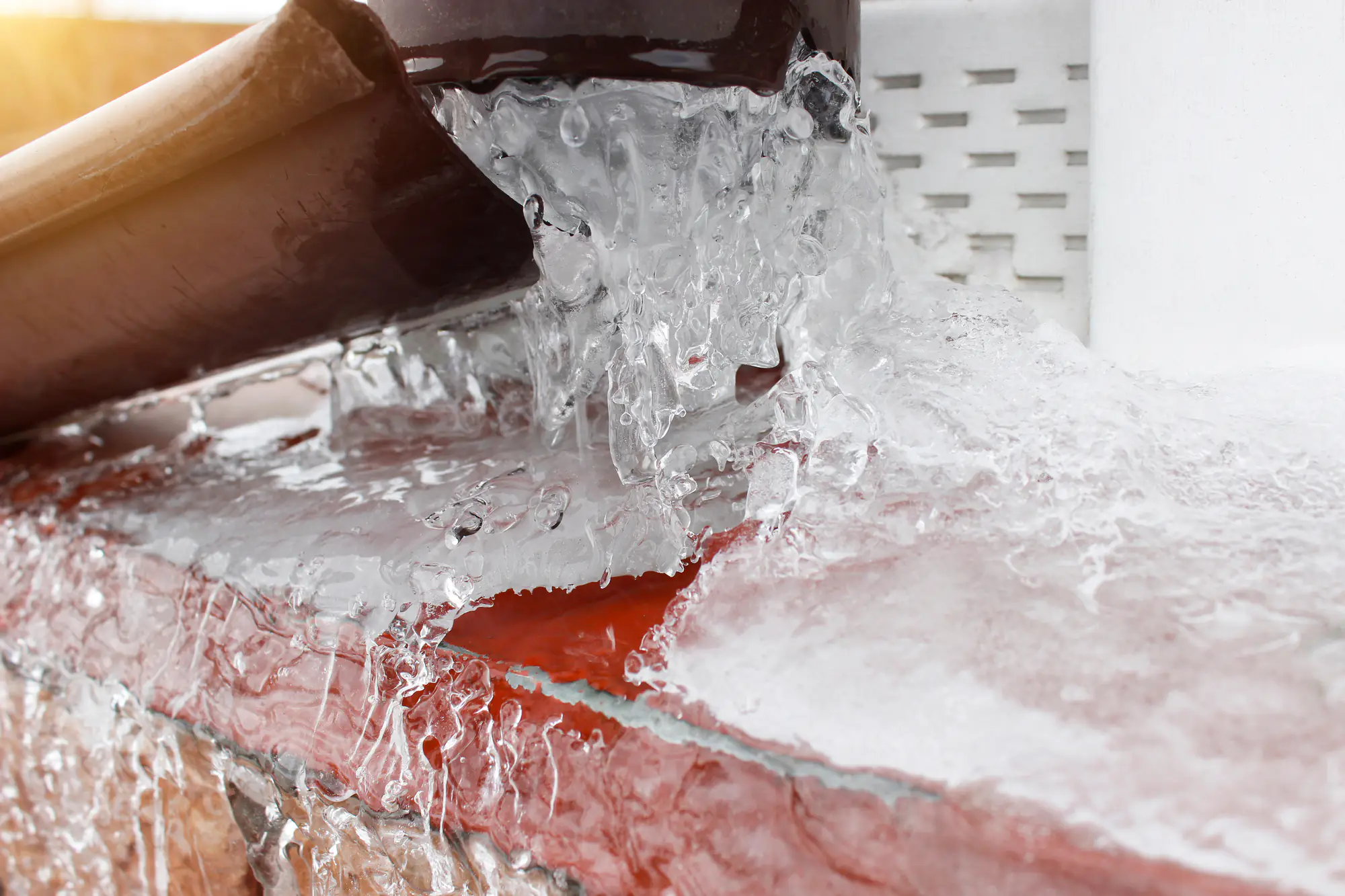
Step one: We locate the exact frozen section using professional diagnostic equipment. No guesswork, no trial and error. In Evergreen Park homes, we typically find frozen pipes along exterior walls facing north, in crawl spaces, or where your main line enters through the foundation.
Step two: We safely thaw the blockage using controlled heating equipment designed for this exact situation. This isn’t a space heater or hair dryer approach—we use professional tools that thaw evenly without thermal shock that can crack pipes. We maintain slight water flow during the process, which helps break up ice from inside.
Step three: Complete system inspection while we’re there. We check for stress cracks, weak joints, and inadequate insulation. If we find problems, we handle them immediately. You get comprehensive repair, not just a quick fix that fails when the next cold snap hits.
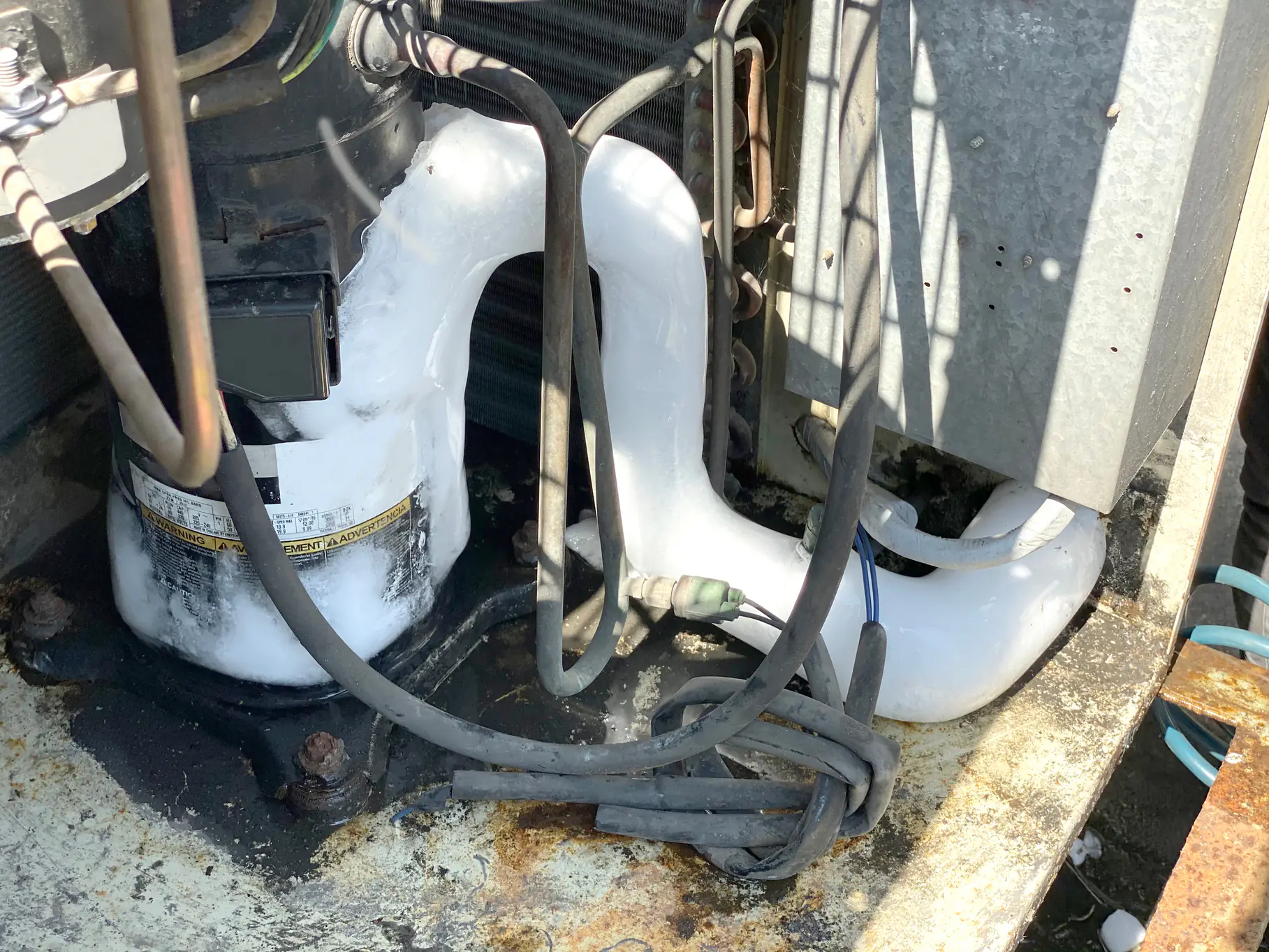
Ready to get started?
Every service call includes professional thawing, complete damage assessment, and customized prevention recommendations based on your specific home and situation. We don’t just fix today’s problem—we prevent next winter’s emergency.
Evergreen Park’s housing presents specific challenges. Homes built in the 1960s and 70s often have inadequate insulation around pipes in exterior walls. Properties near the Metra tracks can get extra wind exposure that accelerates freezing. Ranch homes with crawl spaces need different protection than two-story homes with basements.
Our service addresses these local factors. We identify your home’s vulnerable points, recommend specific insulation upgrades, and can handle those improvements during our visit. You get immediate repair plus long-term protection tailored to Evergreen Park’s climate and your home’s design.
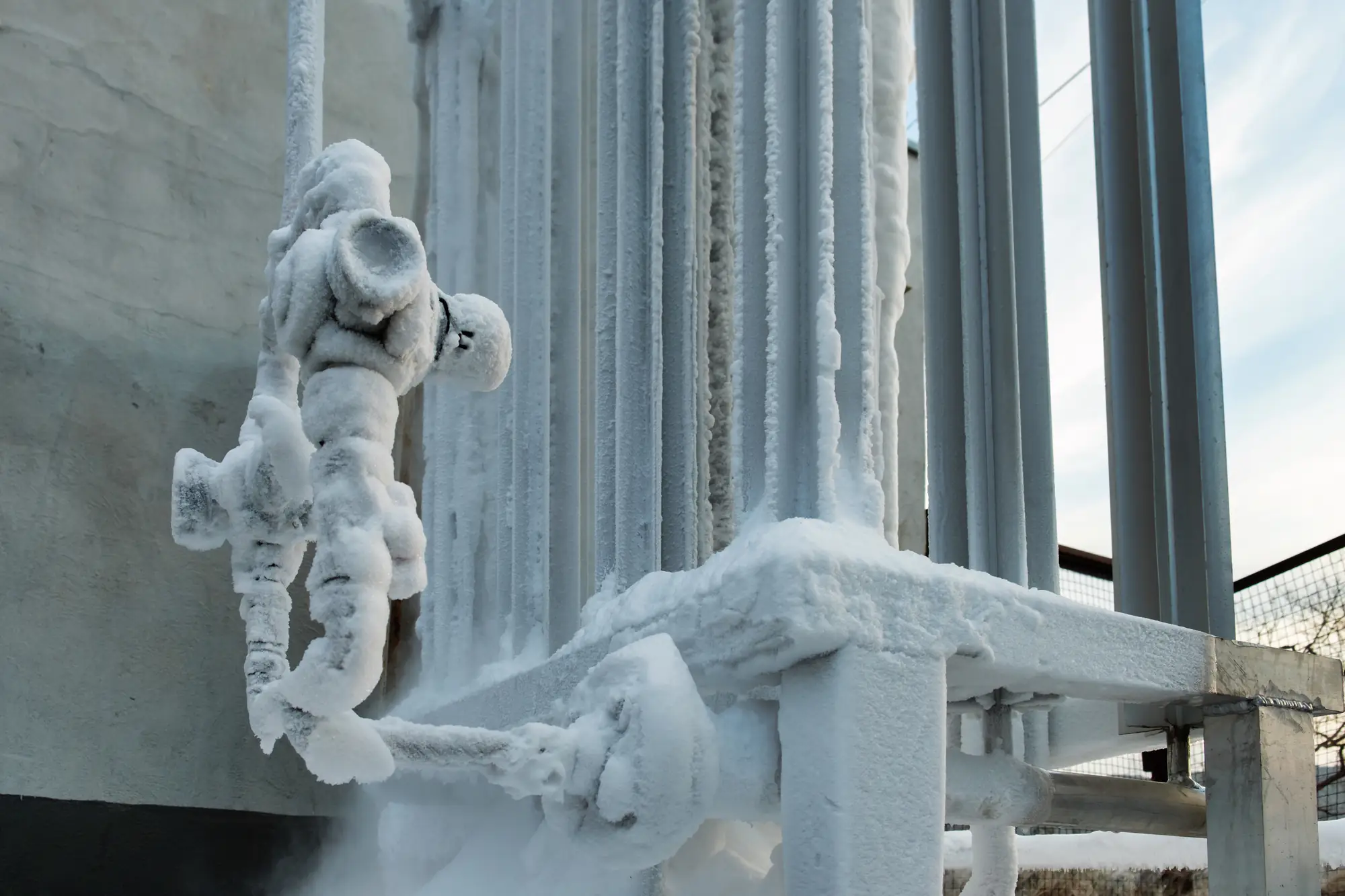
We target 45-minute response times throughout Evergreen Park, and we’re available 24/7 during winter weather emergencies. Speed matters because frozen pipes can burst without warning, especially when temperatures stay below 20 degrees for extended periods.
Our service trucks carry complete thawing equipment, replacement pipes, and insulation materials, so we can resolve most situations in one visit. We understand frozen pipes don’t follow business hours, particularly during those multi-day cold snaps that hit the Chicago area every winter.
When you call, you’re talking to our dispatch team, not an answering service. They can walk you through immediate steps to minimize damage while our technician is en route to your location.
Pipes freeze when temperatures drop below 20 degrees Fahrenheit and stay there for several hours. In Evergreen Park, this typically happens during January and February cold snaps, especially when combined with strong north winds.
The most vulnerable pipes are those in exterior walls, particularly on the north side of your home, in unheated crawl spaces, and where your main water line enters through the foundation. Older homes often have inadequate insulation around these critical areas.
Wind chill makes the problem worse. When arctic air gets into small gaps around pipes or through inadequate insulation, it can freeze pipes much faster than still air at the same temperature. That’s why some homes have problems at 25 degrees while others don’t freeze until it hits 15 degrees.
Effective prevention combines proper insulation, controlled water flow, and consistent heating. We inspect your entire system and identify specific vulnerable areas that need attention, rather than giving generic advice that might not apply to your situation.
For most Evergreen Park homes, the key improvements are insulating pipes in exterior walls and crawl spaces, sealing air leaks that let cold air reach pipes, and ensuring adequate heat circulation in areas where pipes are located. During extreme cold, keeping a slight drip going from faucets connected to vulnerable pipes helps prevent freezing.
We also recommend maintaining consistent indoor temperatures during cold snaps, even if it increases your heating bill temporarily. The cost of running your furnace a bit more is much less than dealing with burst pipes and water damage.
Insurance coverage depends on your specific policy and the circumstances that caused the freezing. Most homeowner’s policies cover sudden water damage from burst pipes, but coverage can be denied if the insurance company determines you didn’t take reasonable steps to prevent freezing.
The key factors insurance companies examine are whether you maintained adequate heat in your home, whether the freezing resulted from a sudden equipment failure (like a furnace breakdown), and whether you took prompt action once you discovered the problem.
We provide detailed documentation of our findings and repairs, which helps support insurance claims when coverage applies. The most important thing is stopping the damage immediately—insurance questions can be resolved afterward, but water damage gets worse every minute you wait.
Basic thawing is possible for exposed pipes using safe methods, but there are significant risks if you don’t know what you’re doing or can’t access the frozen section. Never use open flames, blowtorches, or high-temperature heat sources—these can damage pipes or create serious fire hazards.
Safe DIY approaches include using a hair dryer on low heat, applying warm (not hot) towels, or using a space heater positioned safely away from flammable materials to warm the general area. Always keep the affected faucet open so water can flow as ice melts.
However, most frozen pipe situations in Evergreen Park involve pipes inside walls or in crawl spaces that aren’t easily accessible. Professional thawing equipment works much faster and more safely than DIY methods, and we can identify potential burst points before they become disasters.
First, locate and turn off your main water shutoff valve to prevent flooding if pipes burst while you’re waiting for help. This valve is typically near your water meter or where the main line enters your house—know where yours is located before you need it.
Next, open the faucet connected to the frozen pipe and leave it open. This relieves pressure in the system and allows water to flow once thawing begins. If you can safely access the frozen area, you can try gentle warming, but avoid anything with open flames or high heat.
Call us immediately, even if you think you might be able to handle it yourself. Frozen pipes can burst suddenly and without warning, causing extensive water damage in minutes. Professional thawing is faster, safer, and more effective than DIY attempts, and we’d much rather prevent a burst pipe than clean up after one.